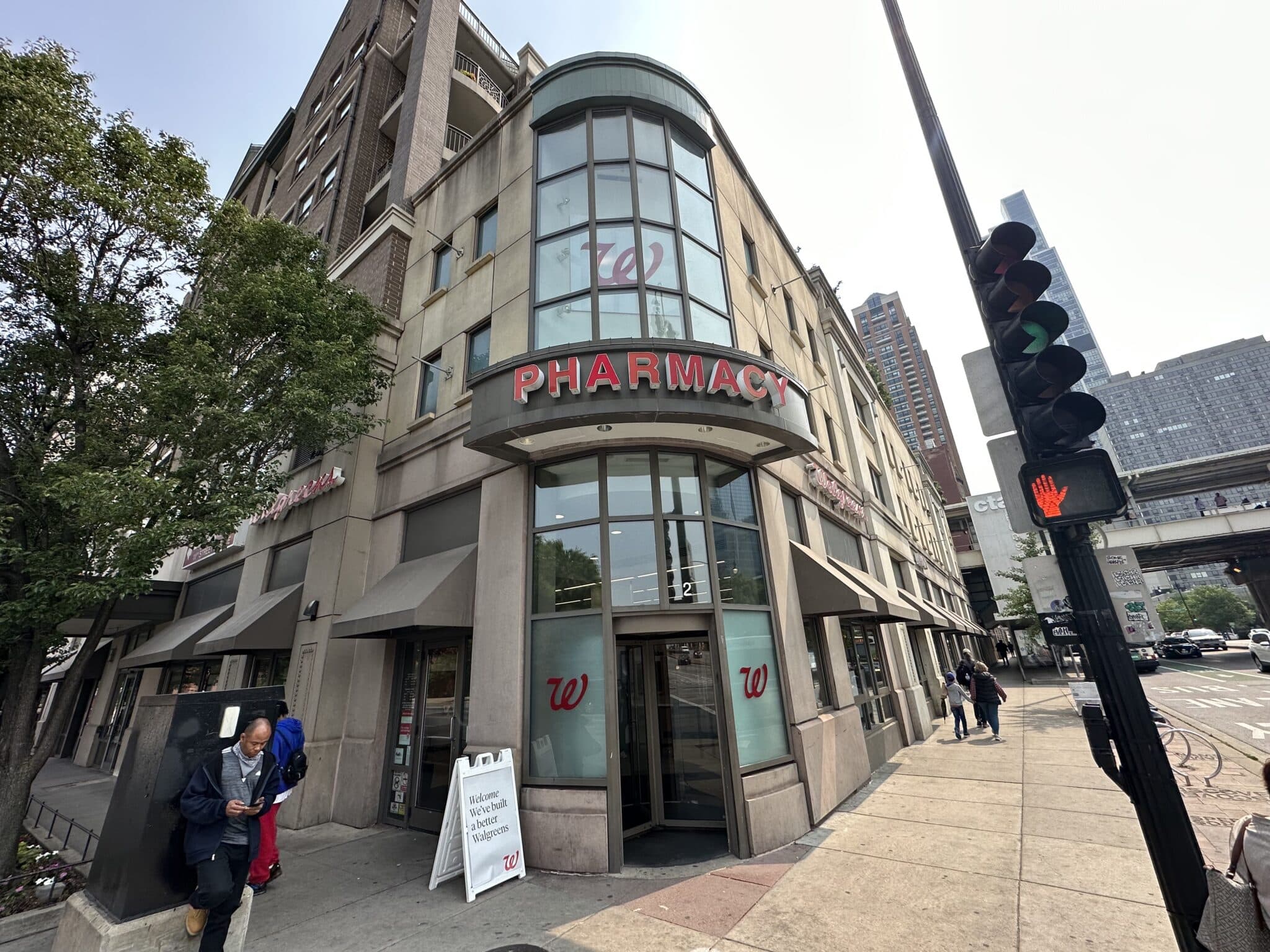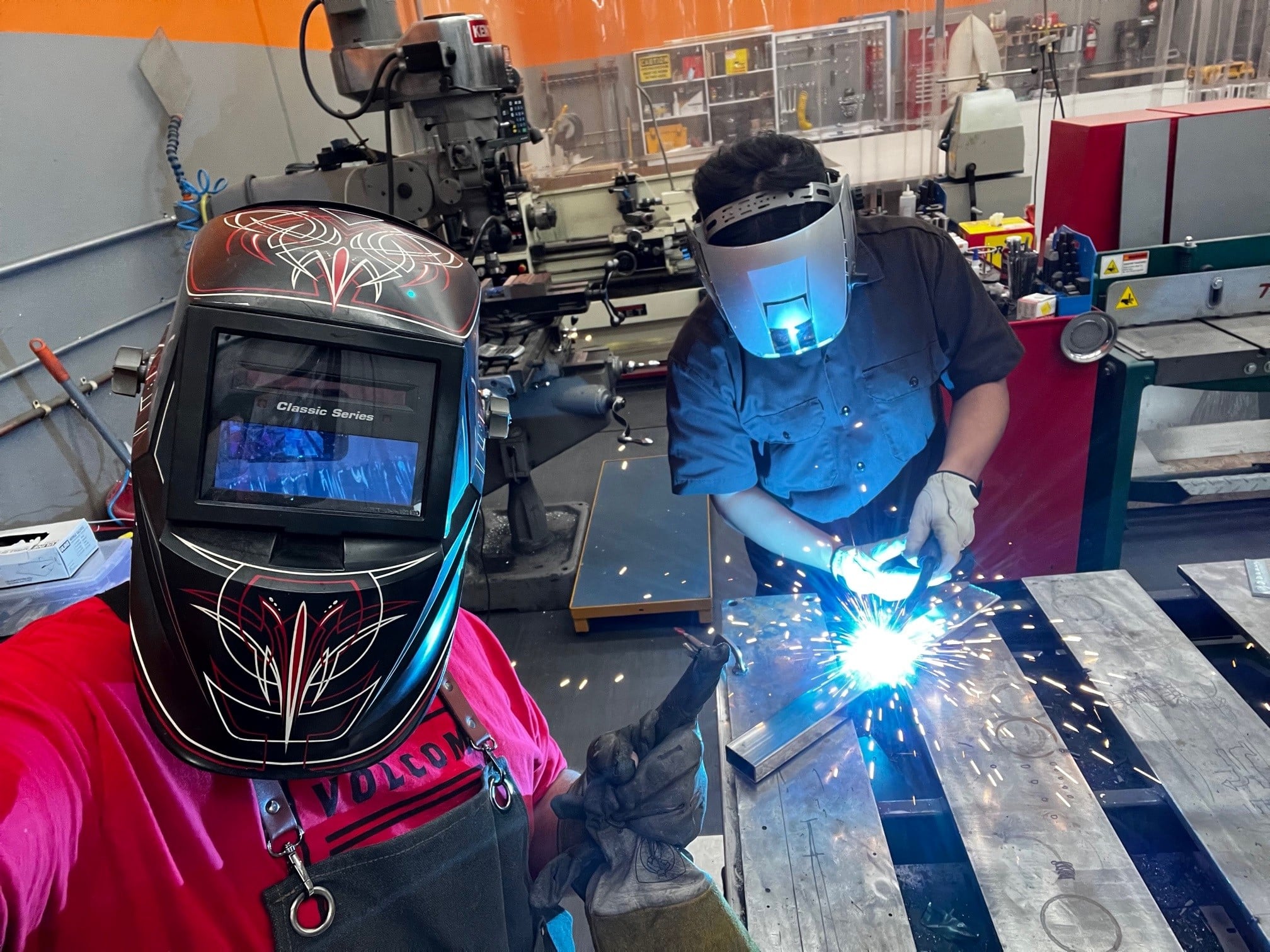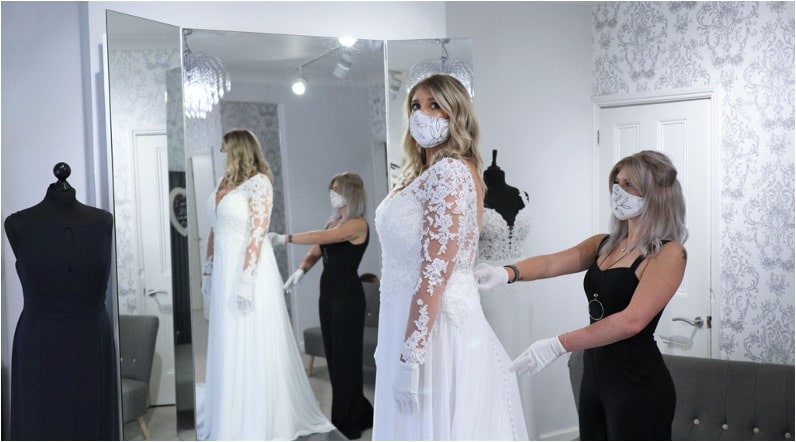Walgreens is experimenting with a new store format, which made its debut earlier this year. A few folks from our team recently visited the newly redesigned Walgreens in the South Loop area of Chicago. The experimental new format is a move in the direction of hybrid retail, but we suspect it’ll take several more iterations of this new concept before Walgreens gets it right.
Why Digital-First Brands are Including Physical Retail in their Marketing Strategy
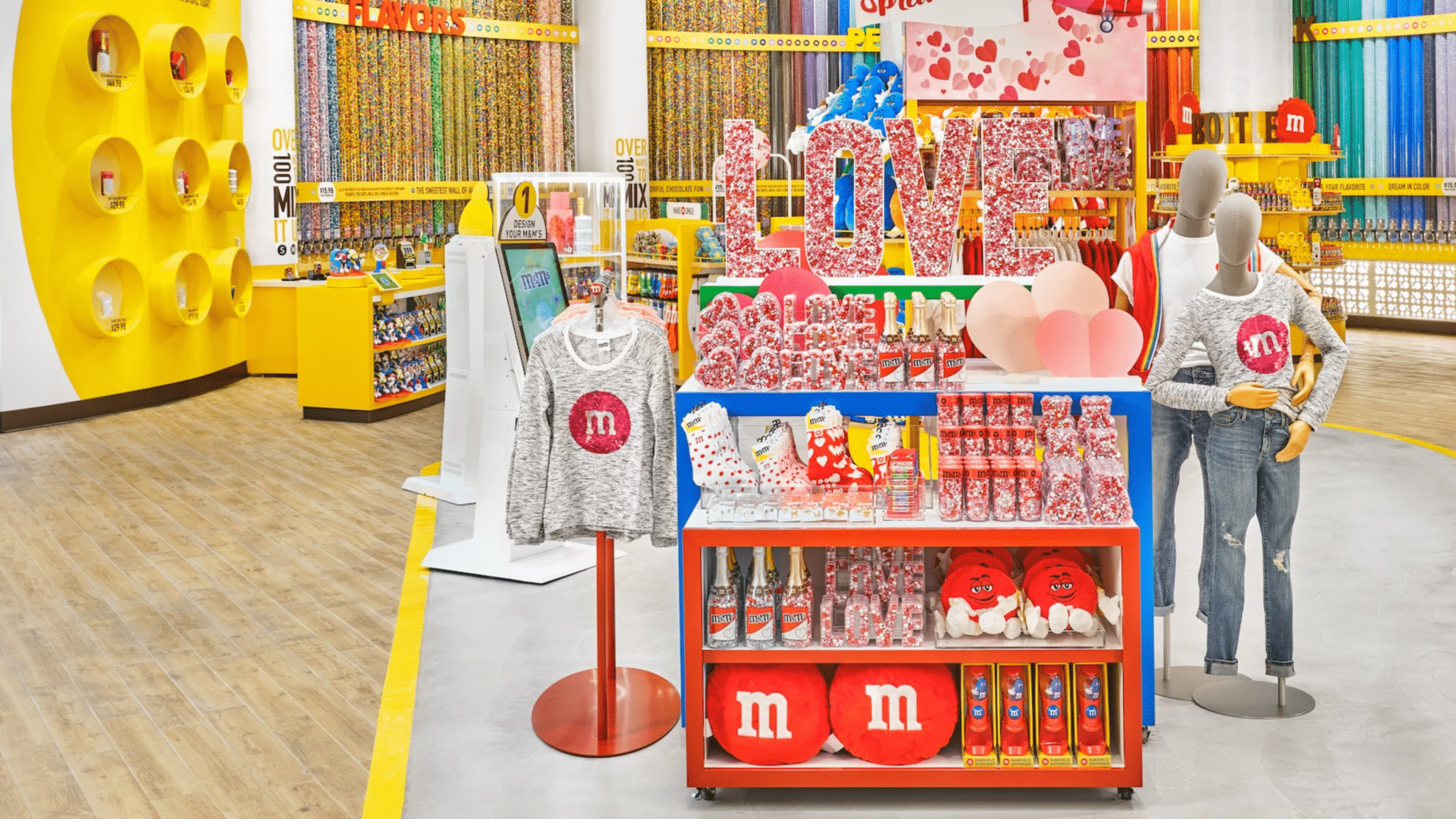
Notable digital-first brands like Amazon, Warby Parker, SmileDirect, Peloton and many more are making the leap to physical retail with pop-up shops and other in-store retail experiences. These are digital-first, successful direct-to-consumer (D2C) brands that leveraged the web and social media successfully to interest niche customer segments in their products. So why are digital-first brands moving to physical retail? Let’s take a step back to understand what’s driving this movement.
Today social media and the Internet are oversaturated with products, offerings, messages and visuals – and it can be very overwhelming for the average consumer to cut through the noise. Products feel very similar. Brands struggle to tell their story and differentiate from competitors in standard display ads, and consumers grow increasingly annoyed with nonstop marketing in their feeds. In short, digital advertising dollars just don’t deliver the same value as they used to, and the customer experience is being compromised by the noise generated by too many choices, and too many ads.
As e-commerce and digital advertising grew exponentially, the physical retail space consolidated. The strongest, most efficient brands survived. Retail juggernauts like Costco, Walmart, Kohl’s, Target and others embraced the omnichannel strategy and adapted to changing shopper behavior. Savvy digital-first brands are moving to physical retail, making a similar omnichannel play of their own. Some interesting strategies are emerging:
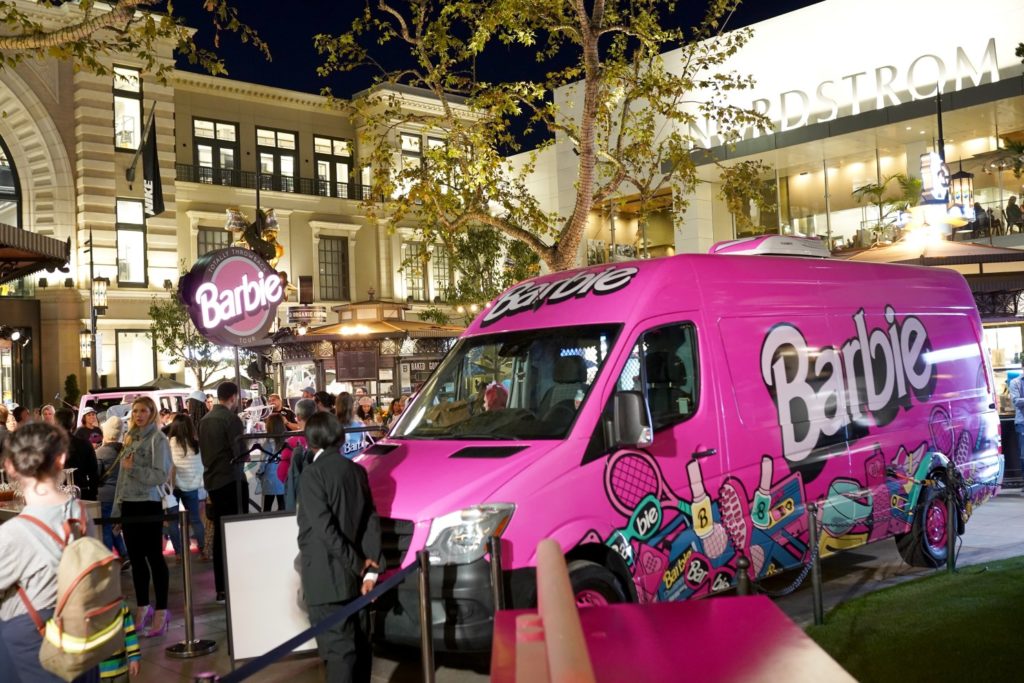
Branded experiences in existing retailers or malls create a destination where shoppers can experience the brand’s lifestyle promise, while creating buzz and novelty at the store level. For fast-growing companies that are still expanding their target market, the store-in-store concept is a great option due to its lower cost and the ability to test, move and adapt your store as you grow. Barbie offers a great example of a retro pop-up shop to reach out to one of its very targeted markets.
2. The Flagship Store
Flagship experiences in a few select locations are perfect for hosting new product launches, events and other marketing initiatives. The goal is to keep them scarce, but always up-to-date as you integrate them fully in your marketing strategy. Like the pop-up shop, flagship stores create a destination for shoppers to connect with your brand and experience your brand lifestyle promise. For well-established companies, the flagship store is a great option. M&M is a great example of a flagship store.
3. 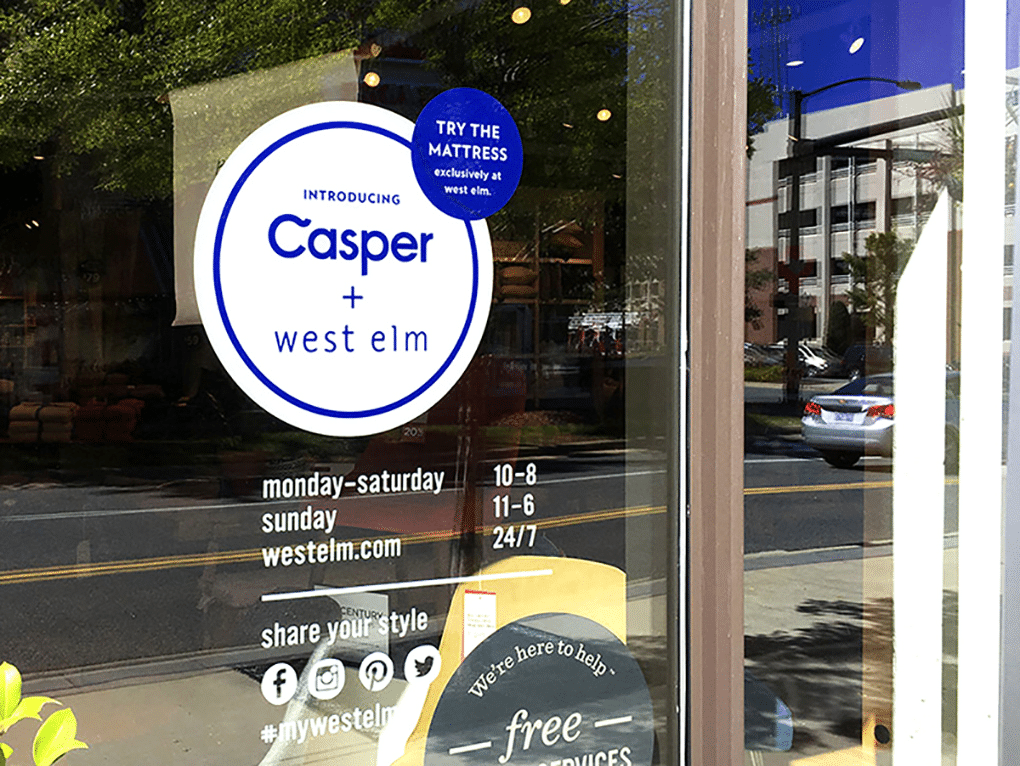
Be stronger together by co-branding your products! Established brands are looking for fresh new partnerships to get their existing customer base excited, while new brands are looking to expand their own customer base. This strategy usually requires new product development, or at least a new marketing campaign to explain how your respective products work together. Casper & West Elm is a great example of a successful co-branding strategy.
Lifestyle appeal is the common thread in all three of these strategies. The physical retail experience has been shifting over the years toward helping people envision how a product will fit into their lives post-purchase. Physical retail has become a destination where shoppers can stop, relax and consider how a new product would positively impact their lifestyle or their social status. Digital-first brands understand this, and it’s why they’re investing aggressively in traditional retail experiences.
Now is the time to be fun and bold with your brand message and partnerships. Tell us about your strategy and let’s talk about how we can help.
Photo Credits:
Barbie Pop-Up Truck: Los Angeles Times
Disney Springs M&M Store: Walt Disney World Resort
Casper + West Elm: Chelsey Culmann
